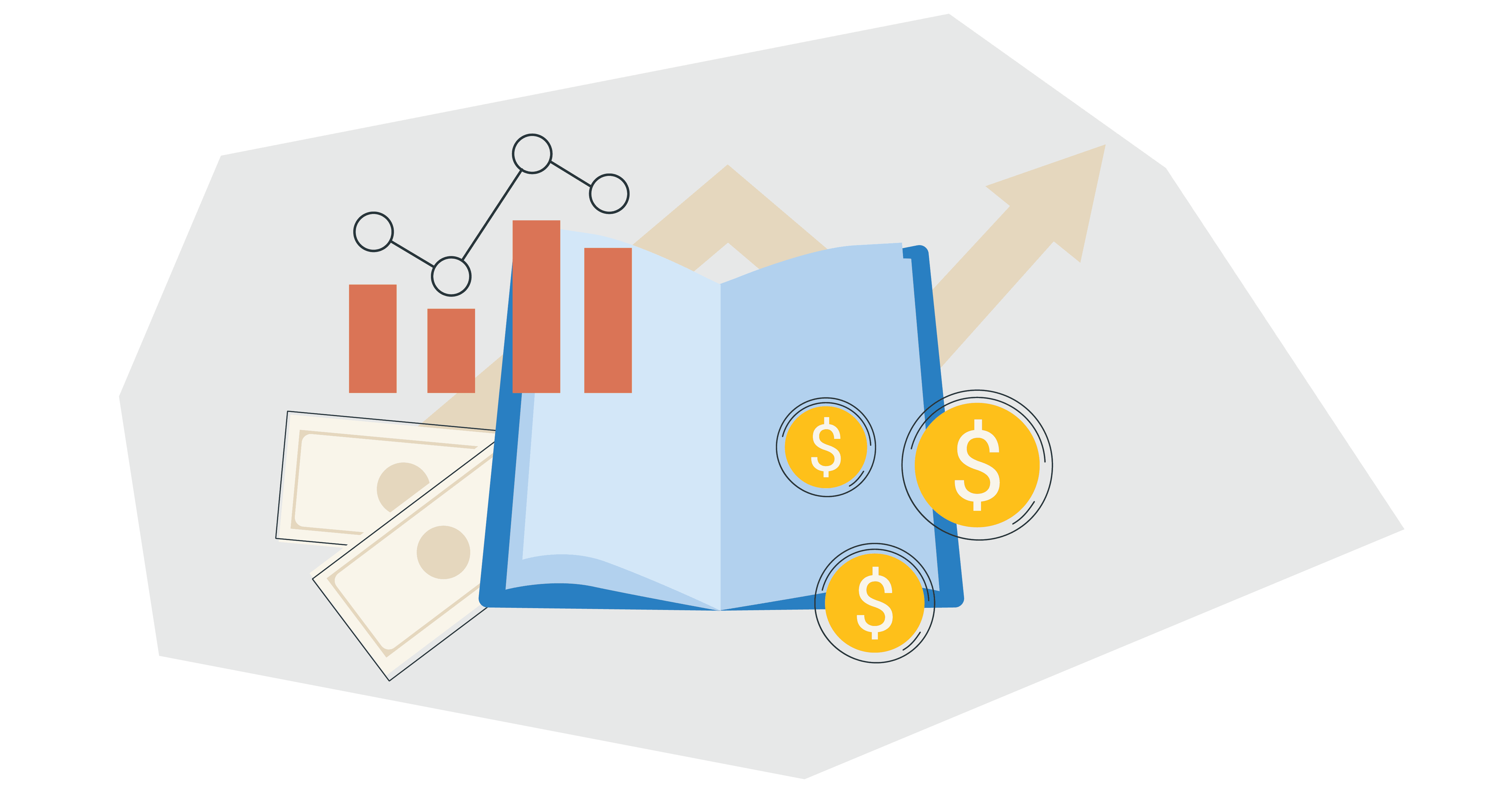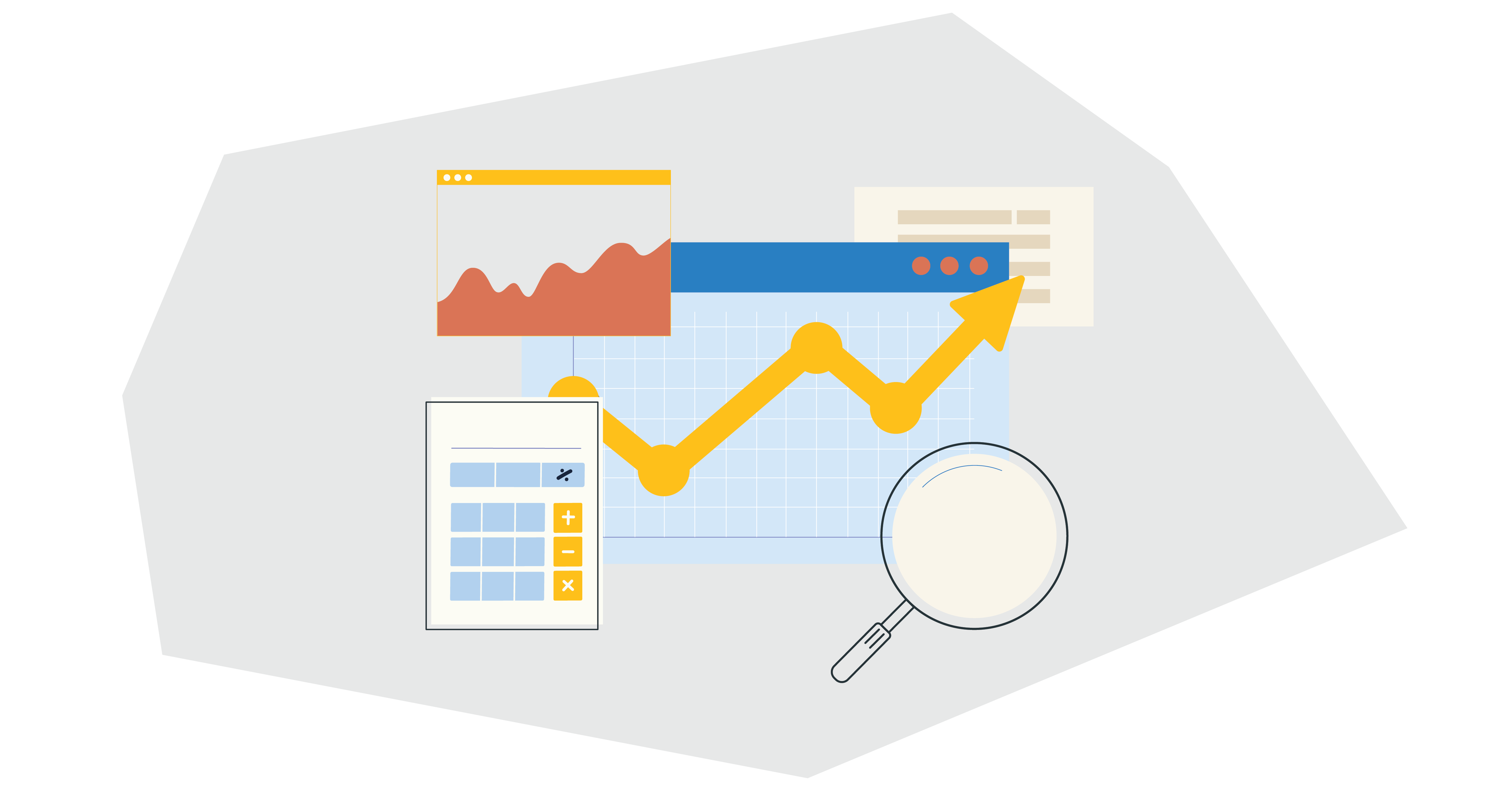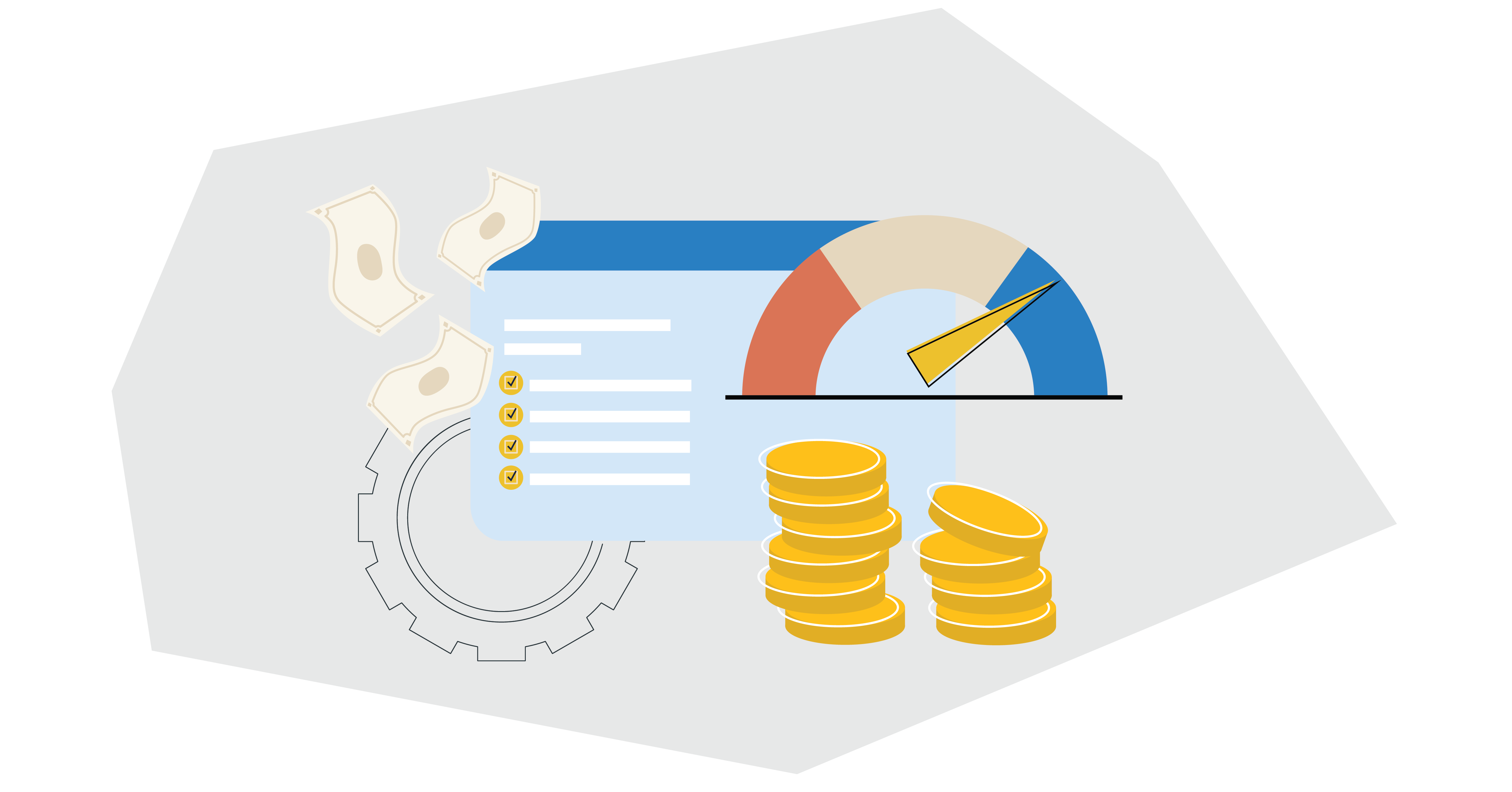
ROI Analysis For eCommerce Brands: A Simple Guide

With more than 2 billion people buying online in 2020 alone and eCommerce tipped to make up for 24.5% of retail sales by 2025, owning an online store is seemingly where the party is at.
However, these impressive statistics don’t answer the niggling question on many eCommerce entrepreneurs’ minds, “can I make a solid return on my investment”? If this sounds familiar, you’re not alone. It’s a reasonable question to ask when you consider that 90% fail within the first 120 days, and just 72% of online stores survive their first year.
Without the right knowledge and tools, calculating and improving is challenging, but there is light at the end of the tunnel.
In this post, we’ll reveal what is ROI analysis for eCommerce Brands, how to conduct it, and some hard-hitting tips for success.
What is ROI Analysis in eCommerce?
Return on Investment (ROI) analysis for eCommerce businesses involves calculating the return on your initial investment in marketing and sales channels, or the likelihood of a specific action producing a return.
While many focus on cash flow when analyzing ROI, it’s essential to consider other factors like Customer Lifetime Value (CLTV) and Customer Acquisition Cost (CAC). These metrics will give you a better well-rounded view of your sales and marketing strategy’s efficiency.
It’s important to note that ROI isn’t always monetary. It can be a stronger brand, higher customer satisfaction, and customer loyalty which can transform into sales down the line.
How much does it cost to run an eCommerce business?
Running costs pay a huge in your eCommerce business’ ROI, therefore it’s helpful to know the regular expenses in your business cycle. While charges vary depending on your niche and offers, there are some fees to expect when scaling an eCommerce business. These include:
Manufacturing: From sourcing raw materials to testing products and making bulk orders, all of the charges for making your final products count in the costing tally.
Freight: Whether you’re sending your goods via sea to a popular port or flying them to the nearest airport, the cost of sending goods from the manufacturer to your warehouse, plus taxes and tariff charges, are critical expenses. They can rack up fast and require monitoring.
Warehousing: Unpacking fees, check. Sorting charges, check. Storage fees, double-check. These ops charges will be a staple on your monthly invoices.
Shipping: Your fulfillment setup will dictate your shipping costs. For example, you’ll have typical pick and pack fees, on-to-top shipping charges, and returns costs if you outsource to a 3PL. Whereas, if you fulfill in-house, you’d have account charges from individual courier companies and packaging costs.
Advertising: PPC budgets, influencer marketing, email marketing, and social media marketing costs are part and parcel of scaling an eCommerce business. Your optimizations and strategy will dictate how affordable or expensive your ad campaigns are.
Admin costs: Charges for those not-so-fun but crucial tasks like accounting, legal, and admin (e.g., stocktaking, spot checks) will show up regularly as you scale.
Staff: Wages, training, and pensions, including your own if you’re the CEO, are a regular expense for online stores and can fluctuate during peak seasons if you need to hire more people.
Sales channels: Love them or hate them; sales channels are a must. The costs that come with them, like web hosting, subscription charges, and design optimization, will often feature on your bills as you go head to head with other stores.
Mastering your fulfillment operations skyrockets ROI. Discover how MyFBAPrep can help you get the profit margins they deserve.
How to measure ROI: The online selling edition
Once you clearly understand your store’s costs, it’s time to crack out the calculator and work out your ROI. Depending on what you want to measure, there are a few formulas you can tap into.
Let’s explore a few and break down how you can measure ROI in each one:
Overall eCommerce ROI
Your overall eCommerce ROI reveals much cash you put into your business to make items, attract customers and retain them compared to what you get back. The basic formula for calculating eCommerce ROI formula is:
(Income – investment) / investment x 100 = ROI
For example, imagine you put $20,000 total into your eCommerce business and made $48,000 ($28,000 profit). Your basic ROI calculation could look like this:
- Profit: $48,000 – $20,000 = $28,000
- ROI: ($48,000 – $28,000) / $28,000 x100 = 71.428%
Customer Lifetime Value (CLTV)
CLTV looks at how much money a customer will contribute to your business once you’ve acquired them. The higher your CLV, the better your eCommerce ROI will be over time.
The formula for accounting CLTV looks like this:
LTV x profit margin = CLV
(Note: LTV = Average Order Value x buying frequency x typical customer lifetime)
In action, the CLTV formula could look something like this:
- Profit margin: 35%
- AOV: $50
- Buying frequency: 6 times per year
- Average customer lifetime: 4 years
- LTV: $50 x 6 x 4 = $1200
- CLV: $1200 x 0.35 = $420
Customer Acquisition Cost (CAC)
CAC does exactly what it says on the tin; it measures how much it costs to get a customer through your virtual doors. Knowing your CAC helps you understand how marketing, sales, and customer services initiatives perform.
The CAC formula is:
(Cost of goods sold + marketing costs) / customers acquired
To put the CAC formula into perspective, let’s say you own a watch business. You spend $20,000 on inventory and $15,000 on marketing, allowing you to obtain 1000 new customers. Your CAC would be:
($20,000 + 15,000) / 1000 = $35
Other important ROI calculations to make include:
- Product ROI: Assesses the difference between all the costs that go into making a product like manufacturing, sales channel, shipping fees, ad fees, and your return.
- Ops ROI: Looks at profits you obtain from investing in your supply chain setup after subtracting ops-related costs, freight, warehousing, shipping, technology, packaging, and admin costs.
- Sales channel ROI: Calculates the return you get from capital put into sales channels like setup, customization, ads, subscription, and referral fees.
Has your ROI got you scraping by? Learn how MYFBAPrep can help you course correct.
6 ROI-boosting tips for online stores
The progression from getting a return on your investment is optimizing that return to gain more return. But how can you improve eCommerce ROI? Let’s find out:
1) Level up your average order value
One of the fastest and most effective ways to improve your eCommerce ROI is to create an ecosystem that encourages shoppers to buy more and stick around. As your AOV improves, your CLV will too, paving the way for money in your business. For example, you could launch:
- A loyalty program that rewards bigger orders
- Upsells and cross-sells on the cart page and order confirmation page
- A currency converter on your site
- An optimized acquisition strategy (e.g., refine your ad audiences, invest in organic acquisition channels like email and SEO)
2) Make customer experience a priority
An unforgettable customer experience will set your brand apart from the pack and increase website visits and sales. Study the wants and needs of your target customers and look for ways to meet them in your customer experience.
The best part is that you don’t have to manage your customer experience manually. You can tap into technology solutions to make your store shine. For example, companies like ASOS and SHEIN use machine learning and tech to help customers find the best fit. You can also use personalization tools to provide live, timely product suggestions and relevant promotions or offer an omnichannel shopping experience.
3) Offer multiple secure payment channels
Your payment options can make or break your conversion and, in turn, decide whether your returns make you glad or sad. So, put your best foot forward and investigate which payment solutions and plans are popular with your target customer and within your niche. Then you can replicate these options on your website.
For example, if your business serves students, you could offer payment plans or provide Buy Now Pay Later payment options like Klarna. You could also take inspiration from brands like Amazon and provide one-click payments, easy returns, and swift customer support to reel busy students in.
Tip: Don’t forget to put the security and payment solution badges on your site to encourage trust and confidence.
4) Upgrade your cart recovery funnel
With a great product, enticing marketing campaigns, and optimized listing, you’ve already done the bulk of the work and it looks like your efforts are going to pay off. A visitor adds your product to their cart, then poof! The would-be customer is gone. You’re not the first and won’t be the last; shoppers abandon 68% of online carts.
Use apps and solutions to create cart recovery funnels to reclaim sales and boost your revenue. For example, tools like Recart reach out to shoppers that leave their carts through Facebook Messenger, and Rivo combines email, SMS, and push notifications to recover abandoned carts.
5) Secure those reviews
Whether it’s a shoutout or video testimonial, user-generated content speaks volumes. Utilize this and reach out to customers and incentivize leaving a review with special discount codes and offers. Also, ask influencers to share their honest opinion of your products and brand on their social channels.
Finally, use these testimonials in your marketing campaign and on your social media to grab attention and encourage on-the-fence shoppers to give your brand a try.
6) Test, test, test
The last step to seeing continual growth in your eCommerce ROI is to make testing a staple in your business strategy. Optimize every stage through meaningful split tests. Then allocate more resources towards the top-performing variation. Rinse and repeat. To get started, here are some key areas to include in your testing:
- Marketing channels and styles
- Product variations
- Ops setup
- Shipping providers
- Sales channels
The blueprint for huge eCommerce returns
If you’ve been struggling to measure and improve ROI in your eCommerce business, we’ve got good news. No matter what your eCommerce returns look like now, you can get through the lull and build a highly profitable eCommerce business with the right tools and strategy.
In summary, make it your mission to upgrade your AOV, customer experience, payment channels, and cart recovery funnel. Also, up the ante in your social proof acquisition and testing to maximize results. It won’t be long before you kick back and watch the returns roll in.


